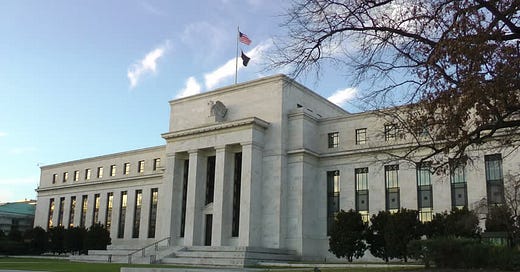Fractional Reserve Lending for Beginners
We discuss the basics of the Federal Reserve, and why the central bank permits the lending of other people's money to create a compounding illusion of growth.
Fractional reserve lending is the primary tool of modern banking practices. The practice is critical to providing consumer and business credit and driving global economic growth. However, it is a controversial practice due to risks linked to human behavior and finance.
In this practice, commercial banks keep a predetermined “fraction” of customer deposits as reserves. They then lend the remaining deposits out to new consumers or businesses. The reserve ratio is the specific percentage of money that must remain in the bank’s vaults (or computers). The Federal Reserve, as regulator, determines the reserve ratio around the state of the economic cycle and the health of the banks.
The reverve ratio has a multiplier effect to it. Let’s say the reserve ratio is 20%.
In this case, 20% of the money remains in the vaults, while the banks lend out the other 80%. This process then enables a multiplier effect, where consumers accept the loans and put the new money back into the bank - where it is t…
Keep reading with a 7-day free trial
Subscribe to Me and the Money Printer to keep reading this post and get 7 days of free access to the full post archives.





